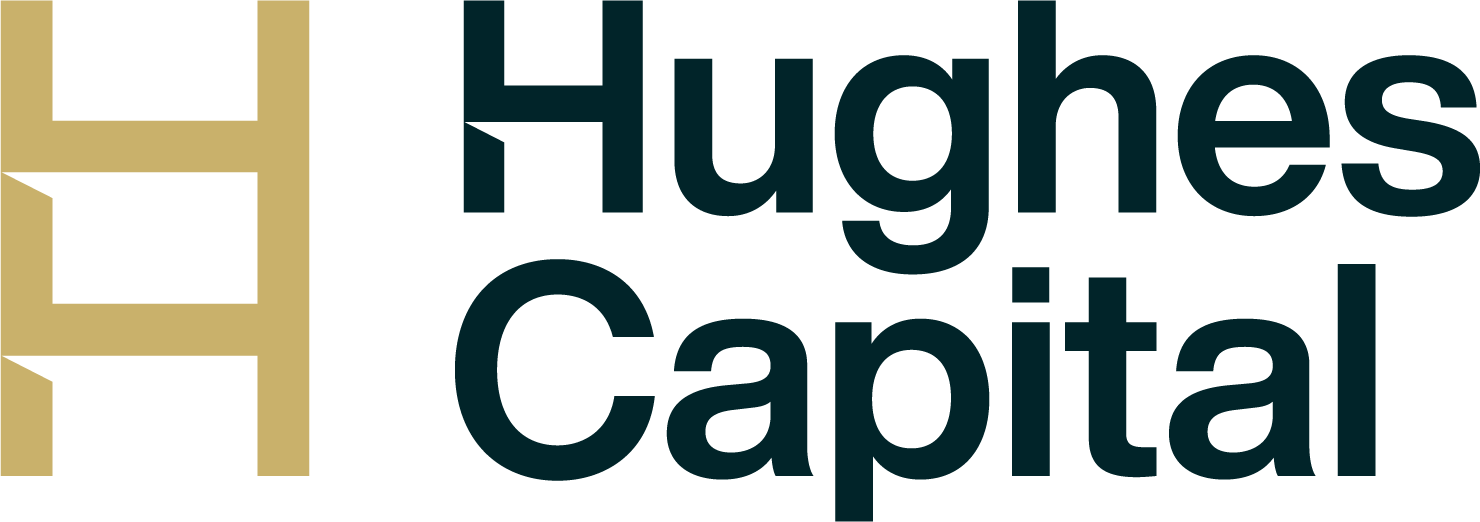For small businesses in 2025, asset financing is a powerful tool to acquire essential equipment, vehicles, or machinery without straining cash flow. As of 04:53 PM +06 on Wednesday, June 04, 2025, this guide explores the best asset financing options, helping you choose the right solution to fuel growth and efficiency.
1. Hire Purchase for Ownership
Hire purchase allows small businesses to spread the cost of assets over time. You make monthly payments, and once the term ends, you OWN the asset—often after a small purchase fee. This option is ideal for long-term investments like machinery. However, you’re responsible for maintenance during the term, and the asset can’t be sold until fully paid.
2. Finance Leasing for Flexibility
With a finance lease, a lender buys the asset and leases it to you. You pay monthly installments covering the asset’s cost plus interest, using it without the burden of ownership. At the end of the term in 2025, you can often buy, return, or extend the lease. This suits businesses needing equipment without long-term commitment.
3. Operating Leases for Short-Term Needs
Operating leases are perfect for assets with a short lifespan, like tech equipment. You lease the asset for part of its useful life, with lower monthly payments since you don’t own it at the end. In 2025, this option helps small businesses manage cash flow while accessing cutting-edge tools.
4. Asset-Based Lending for Cash Flow
Asset-based lending lets you borrow against existing assets like inventory or equipment. In 2025, this can provide quick cash for growth, with loans secured by the asset’s value rather than your credit score. Be mindful of fees, as they can add up, but it’s a solid option if traditional loans are out of reach.
5. Contract Hire for Vehicles
Contract hire, often used for vehicle fleets, involves leasing vehicles with maintenance costs typically covered by the lender. In 2025, this is ideal for small businesses needing transportation without the hassle of ownership. Payments are predictable, but mileage limits may apply.
6. SBA Loans for Asset Purchases
Small Business Administration (SBA) loans, like the 504 program, offer financing for fixed assets such as equipment or real estate. In 2025, SBA loans provide low rates and long terms, often requiring a down payment and a private lender. They’re best for established businesses with strong credit.
7. Microloans for Smaller Needs
Microloans, often through peer-to-peer platforms, provide small sums (typically under $50,000) for asset purchases. In 2025, they’re a good fit for startups or businesses with limited credit history, though rates can range from 6% to 30% based on risk.
Conclusion
Asset financing in 2025 offers small businesses diverse options to grow without depleting cash reserves. From hire purchase to SBA loans, the right choice depends on your needs, budget, and goals. Explore tailored solutions today to keep your business competitive and thriving.
AI Disclaimer
This content was generated with the assistance of AI to provide helpful and accurate information. For personalized financial advice, consult a professional.







